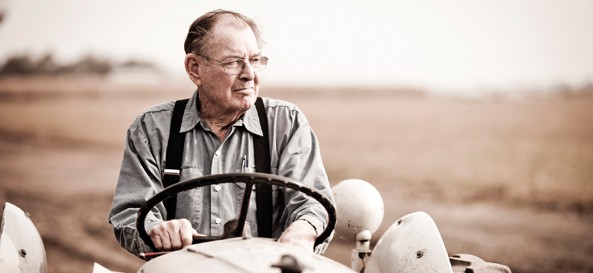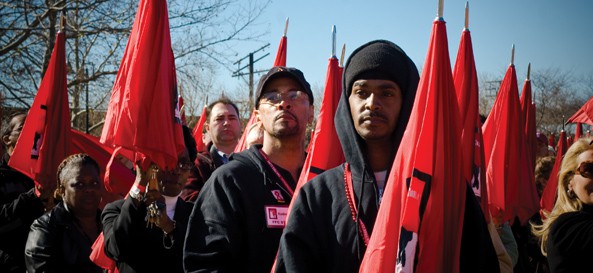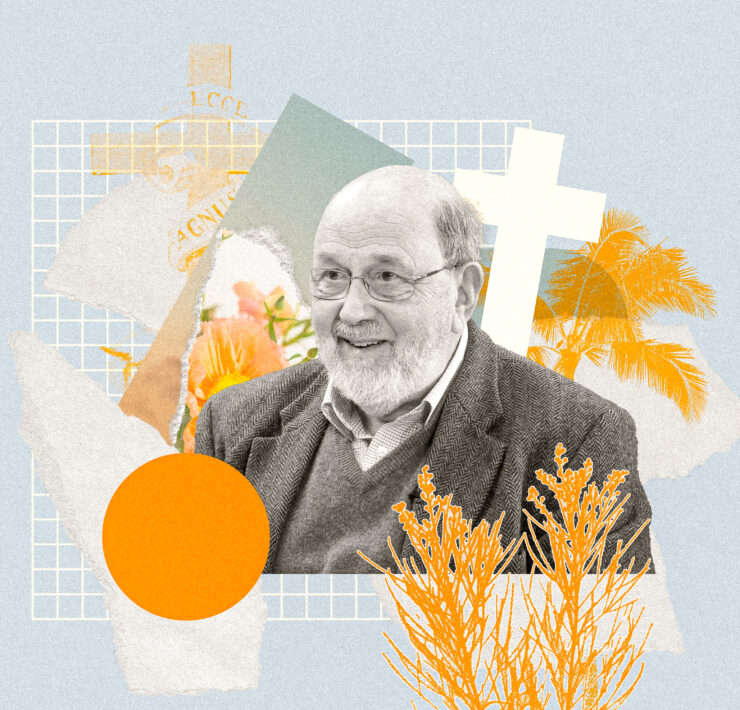
Far outside the urban sprawl, a new kind of American poverty is taking root and growing like a weed. In the past 10 years, the face of poverty has spread from the homeless on the corner of a metropolis street to rural regions beyond the suburbs and shopping malls. In fact, the U.S. Census Bureau reported this year that the rate of rural Americans living in poverty—15 percent—is higher than the national average of
13 percent.
The most deeply affected area stretches in a northeast arc from Texas to West Virginia, but the problem extends throughout the U.S. Only five states can claim less than 10 percent of its inhabitants live below the poverty line. For the rest of the country, the recession surprisingly hit hardest in the farmlands, manufacturing epicenters and service industries, which are still struggling today to recover from its impact.
How Poverty Is Measured
Poverty status is determined by comparing annual income to a set of dollar values, called poverty thresholds, that vary by family size, number of children and age of householder.
Contributing Factors to Rural Poverty
Employment. With greater reliance on manufacturing, service and farming, the job market in rural areas tends to be less diverse, more unstable and less lucrative than that of metropolitan areas.
Education. Economic Research Service reports that as of 2001, more than 26 percent of metropolitan residents possess at least a college degree, compared to 15 percent in non-metropolitan areas.






















